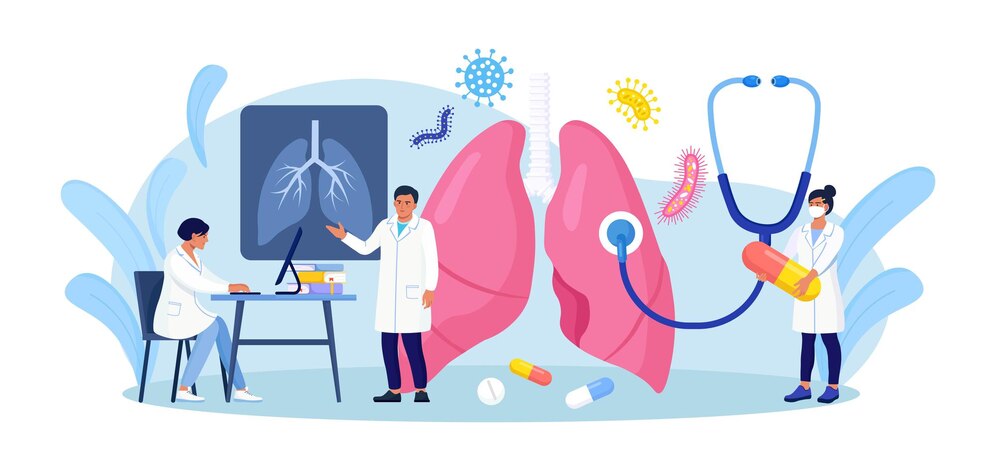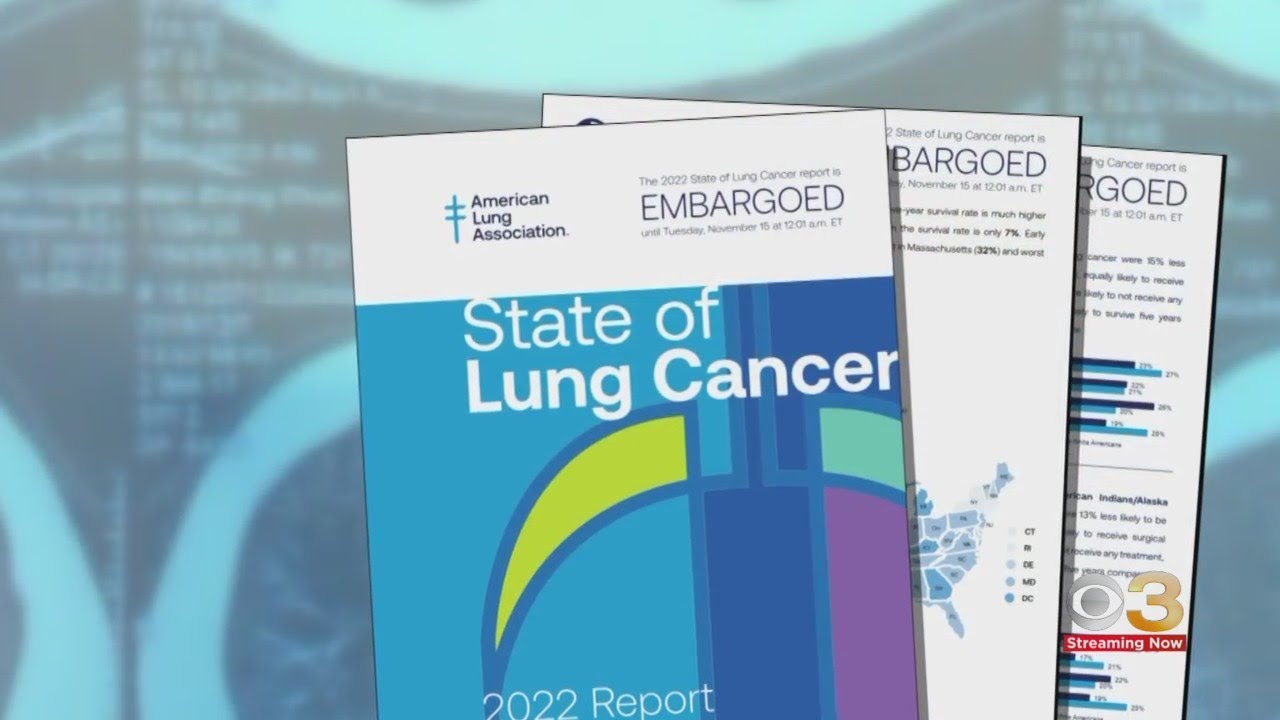New Robotic Technology Is Helping For One Shot approach To Treating Lung Cancer
CBS Philadelphia reported on Tuesday that a new robotic technology is helping for one shot approach to treating lung cancer. Survival rates from lung cancer have been on the upswing owing in part to this new technology, according to the American Lung Association's annual report. Current estimates put the five-year survival rate at 25%. Successful cases include that of Kathleen McGinn, whose cancer was detected early and treated with the novel robotic method.
Author:Paula M. GrahamReviewer:Hajra ShannonNov 20, 20222.3K Shares85.7K Views

CBSPhiladelphia reported on Tuesday that a new robotic technology is helping for one shot approach to treating lung cancer. Survival rates from lung cancer have been on the upswing owing in part to this new technology, the American Lung Association's annual report revealed.
Current estimates put the five-year survival rate at 25%. Successful cases include that of Kathleen McGinn, whose cancer was detected early and treated with the novel robotic method.

Robotic technology helping to find, treat lung cancer
What Is Robotic Surgery?
When it comes to open chest surgery for lung cancer, robotic-assisted surgery is one of the two least invasive possibilities. The da Vinci Surgical System is a robotic surgical tool that utilizes computer-assisted technology. The procedure is performed via tiny incisions made by a surgeon seated at a control panel.
A small camera and surgical equipment are then inserted into the lungs to perform the procedure. To perform a robotic lobectomy, a surgeon inserts a small camera and surgical equipment in the space between a patient's ribs.
It could offer a few benefits over open chest surgery, such as shorter hospital stays and fewer problems. Robotic lobectomy may improve patient outcomes, but further study is required to confirm this.
Robotic bronchoscopy is a cutting-edge medical technology that enables physicians to examine previously inaccessible areas of the lung. Because it enables for simultaneous diagnosis and treatment, it has been dubbed "revolutionary" by Dr. Partrick Ross of Main Line Health. Everything is finished while the patient is still asleep from the anesthetic.
High-risk Patients Require Screenings
Doctors recommend screening for everybody at high risk, but at the moment the new method is mostly utilized on people who need a biopsy for a lung tumor.
The American Lung Association has discovered something quite worrisome: ex-smokers who have access to the therapy are not obtaining the necessary checkups. Furthermore, there has been an uptick in the number of cases of lung cancer detected in younger women and in those who have never smoked. Both of these categories need to be more thorough in their examinations.
“„When they came back after the bone biopsy and said you have lung cancer, you could have knocked us over with a feather. My mom and my husband and I were all in the room.- Leah Phillip, Lung cancer patient
CBS reported on the case of Leah Phillip, a 43-year-old mother of three and runner who was diagnosed with stage four lung cancer despite never having smoked. In the latest State of Lung Cancer report, over 237,000 individuals in the United States will be diagnosed with lung cancer this year, so this is not unexpected. There is still hope for those with the condition, however.
“„We're up to 25% survival at five years, which is significantly up from the 17% survival in 2015. We attribute most of this to early detection, better treatments and systemic therapies for patients who have lung cancer that spread to other parts of the body.- Dr. Bobby Mahajan, American Lung Association
Lung Cancer In Non-Smoker Patients
The new report says radon in Pennsylvania is excessive. Thirty-nine percent of homes have high levels.
Up to 20% of people with lung cancer have never smoked. Many are exposed to other risk factors including second-hand smoke, air pollution, and radon gas. Radon is the second leading cause of lung cancer. It occurs naturally and can be inhaled in basements or through cracks in buildings and homes.
Final Words
Potential benefits of robotic-assisted surgery for lung cancer include a shorter hospital stay and a speedier recovery period compared to open chest surgery. Robot-assisted surgeries are no less risky than traditional ones. Specialists say they don't know why so many young women like Phillips are being diagnosed with lung cancer.

Paula M. Graham
Author

Hajra Shannon
Reviewer
Latest Articles
Popular Articles